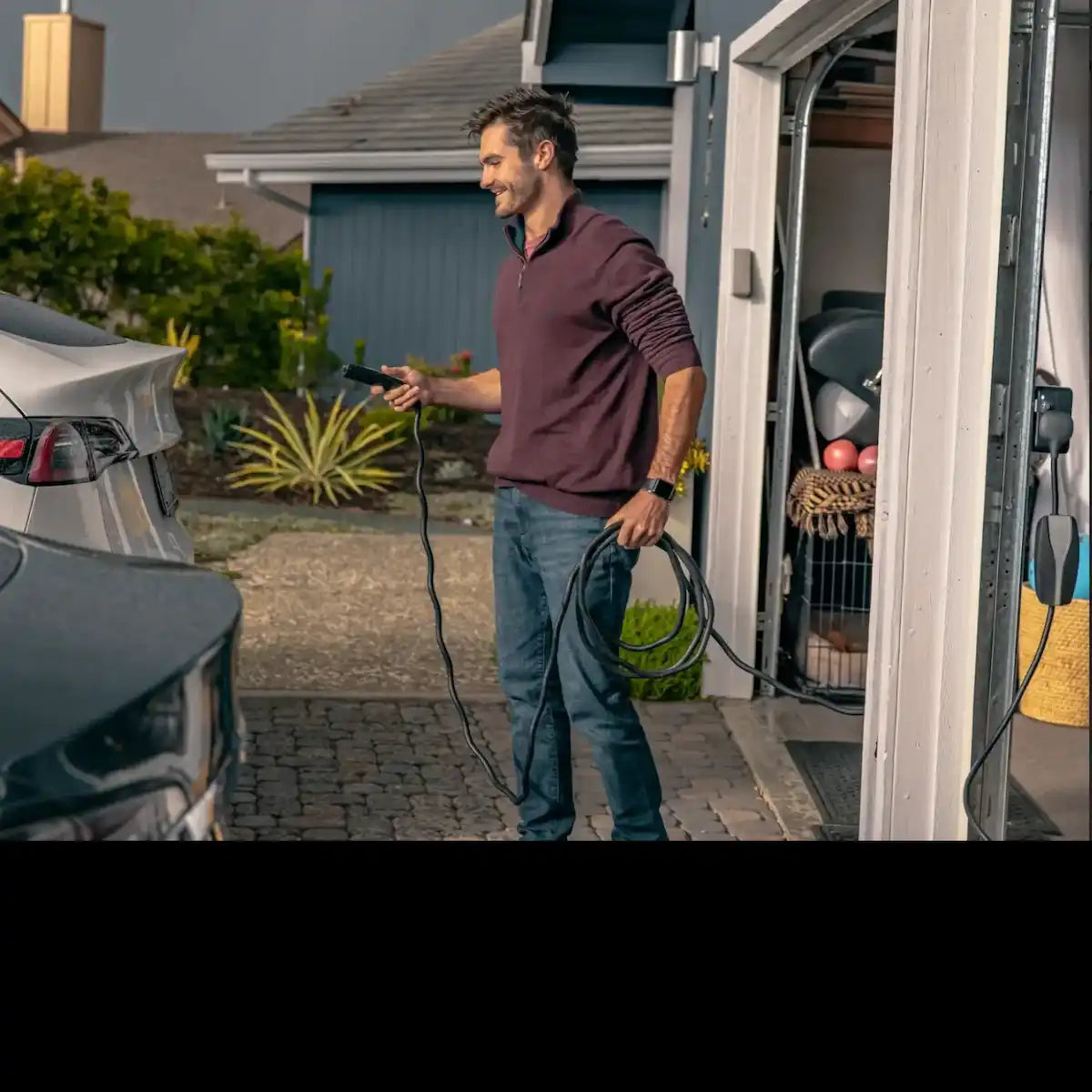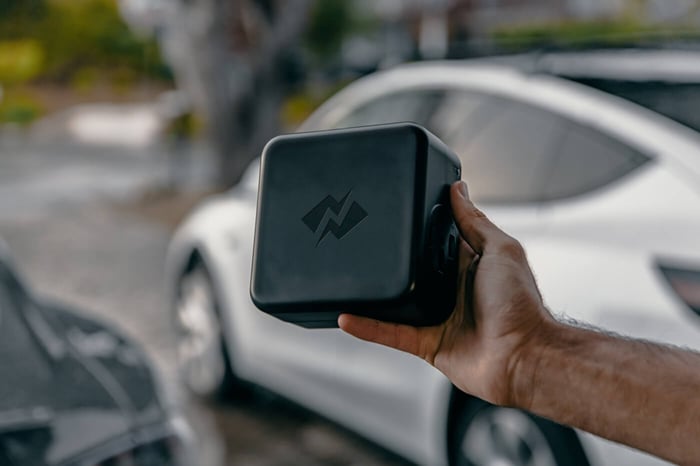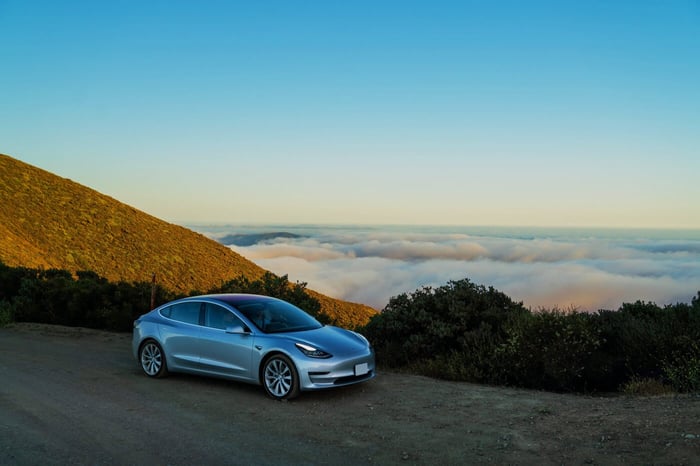COVID-19 has undoubtedly slowed the acceleration and implementation of renewable energy initiatives that were on track to be completed in 2020. With the current global circumstances, we’re seeing a crash in oil prices that unfortunately eliminates interest in alternative sources of energy. People are much more likely to consider an electric vehicle (EV) as a daily commuter when gas prices are $4 and above (in California, for example) instead of around $2 a gallon. This is a common theme that we’ve seen before however, and when normalcy starts creeping back into our lives we're likely to see the interest in renewable energy sources like wind and solar reignited.
The reality of investing in solar panels for your residence is that an investment is exactly what it is, a long term one at that. Homeowners that make the initial switch to solar are expected to see returns annually, but the numbers don’t become strikingly clear until around 20 years. There’s many factors that go into how much you can save on power such as your state’s price of electricity, size of solar panel upgrade, average use, inflation, etc. Even with these different variables at play, people can expect savings somewhere between the range of $10k to about $30k in that 20 year period.
Not only does this investment yield a return in monetary value, there’s also the effect of how much solar can decrease your carbon footprint. According to the U.S. Energy Information Administration, the average home in Connecticut equipped with solar panels has the same emission reduction effect as planting 150 trees each year. If we could capture all the sun’s energy shining on Earth for just one hour, we would be able to power the entire world for a year. The sun serves as a viable source of energy as it is free, independent, and known to have a positive impact on the environment.
Check out this quick video on 5 reasons to install solar sooner rather than later! https://www.youtube.com/watch?v=j2pNv2DE64Q







